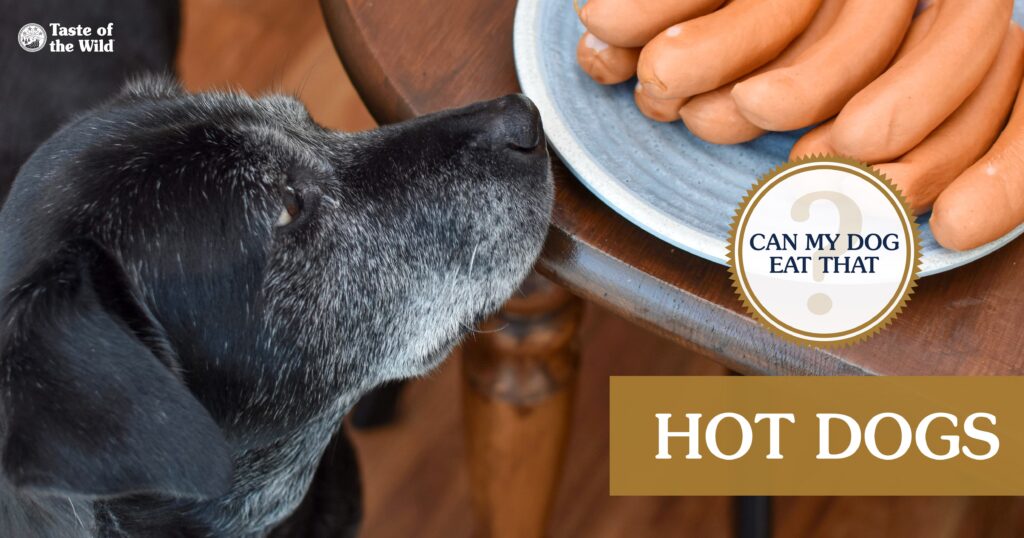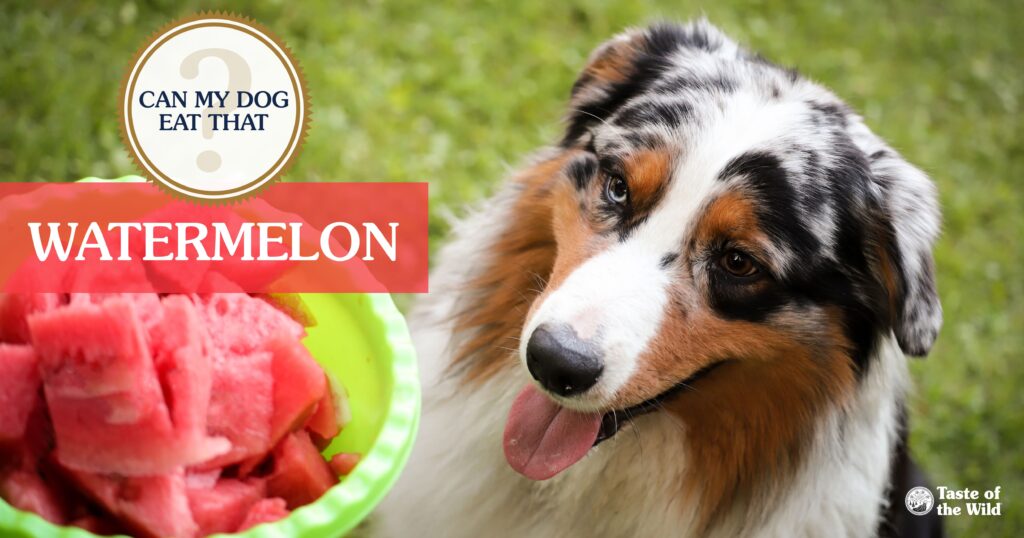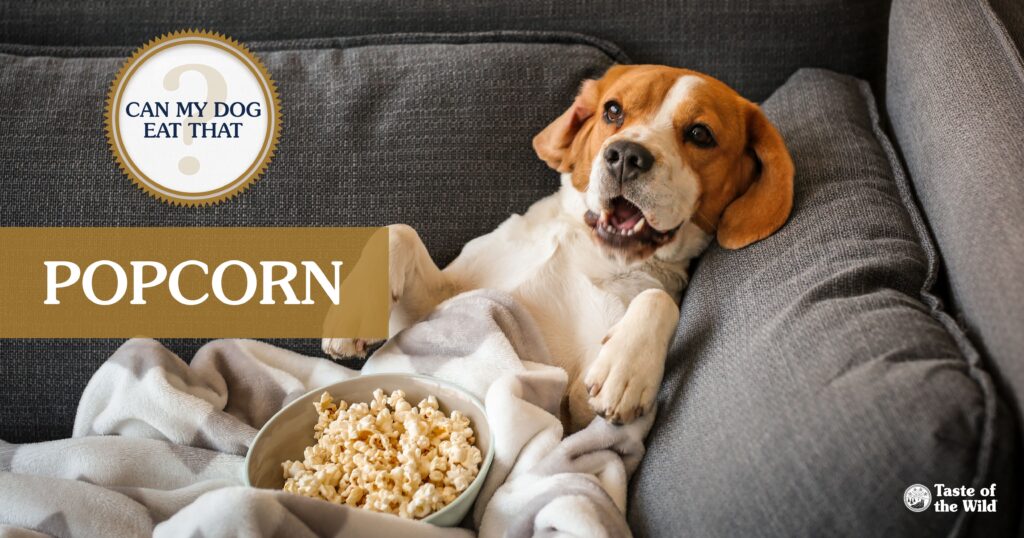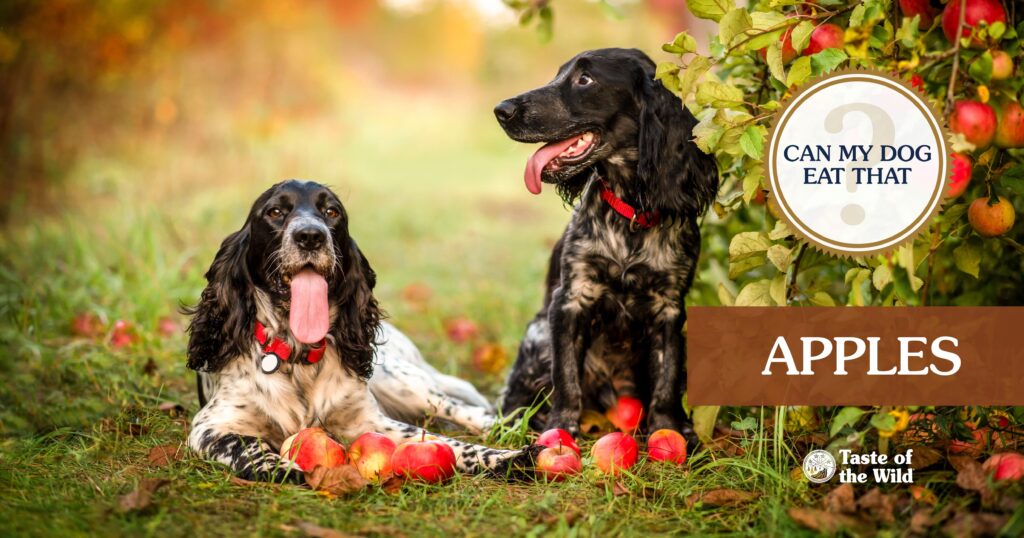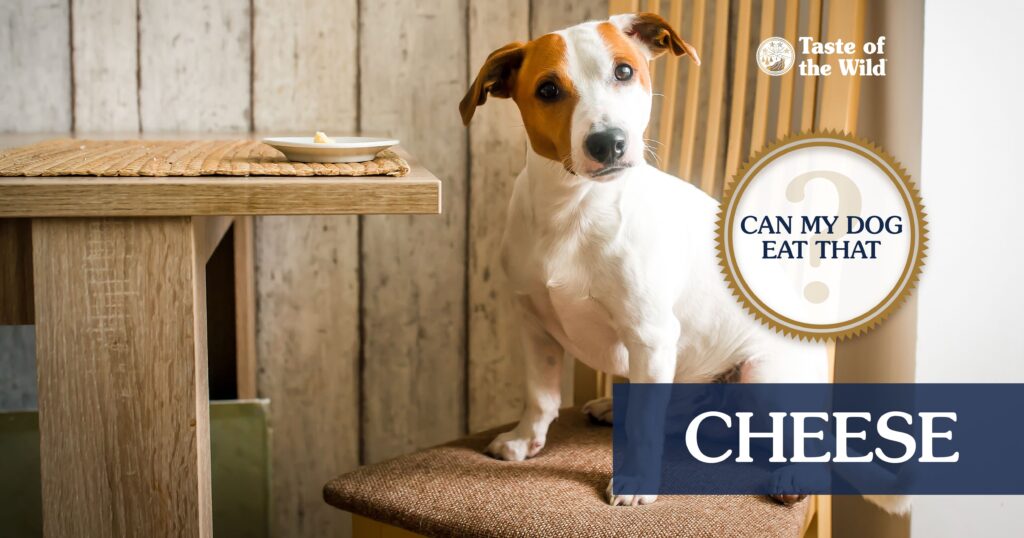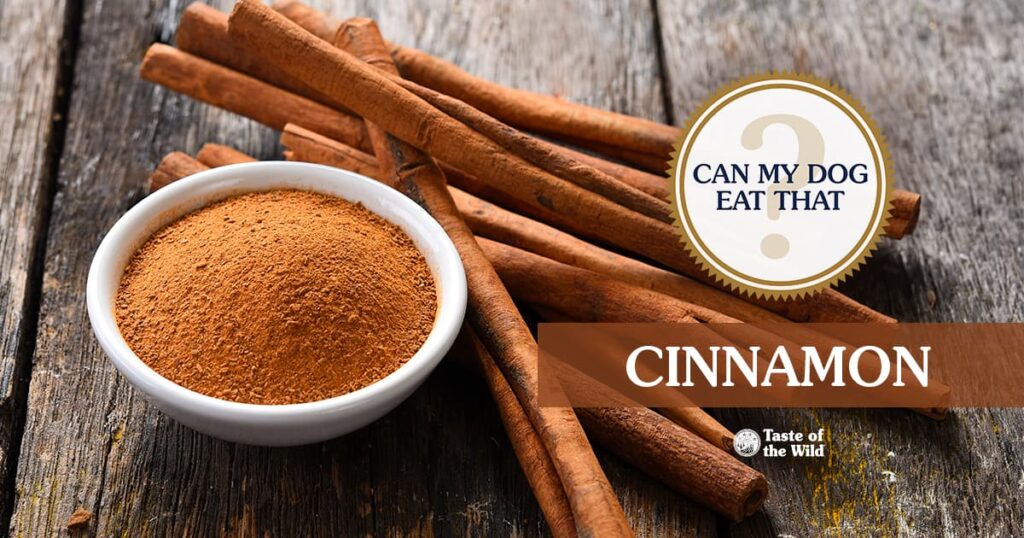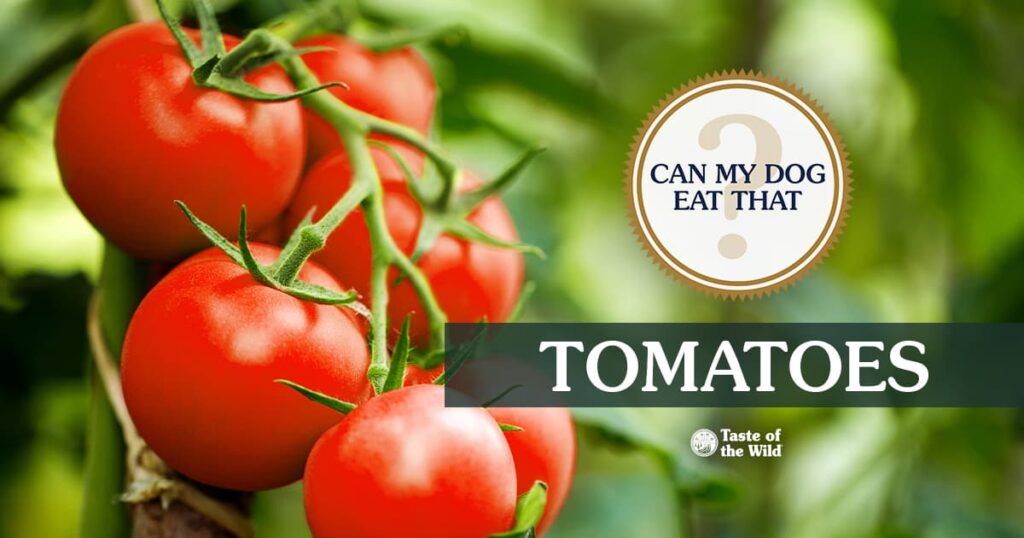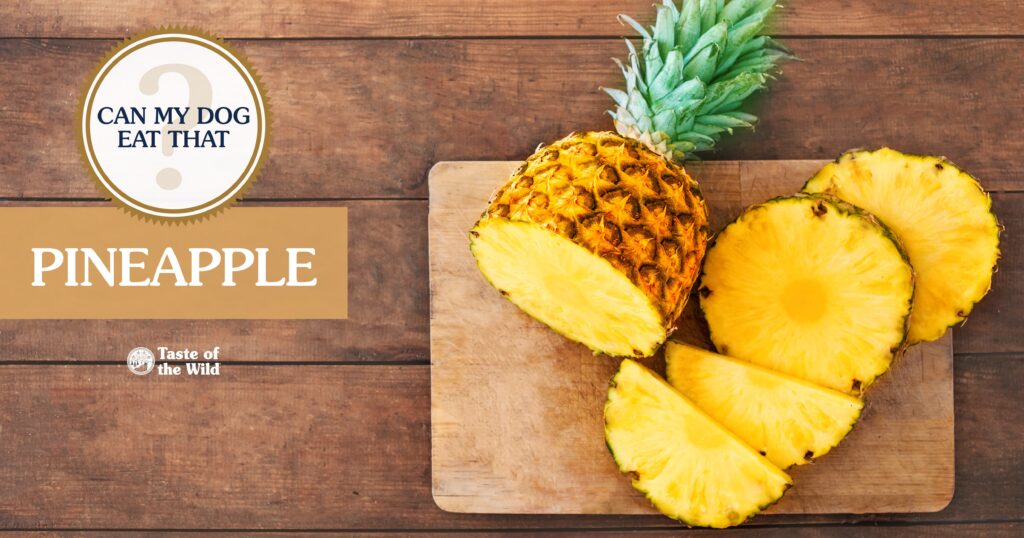
Welcome to “Can My Dog Eat That?,” our series that answers some obvious (and not-so-obvious) questions about what your dog can and can’t safely eat. Today we answer the question “Can dogs eat pineapple?” Read on!
One of the best parts of summer is biting into juicy, fresh fruit — watermelon, papaya, blueberries, peaches and, of course, the spiky one, pineapple. If your dog is pining for a piece of pineapple and you’re wondering if that’s OK, go ahead and toss them a small wedge of that sweet deliciousness. Just make sure it’s only the fleshy part and you cut it up into bite-sized pieces first.
A Tasty Pineappley Treat
Pineapple is a yummy and healthy treat for dogs. It’s packed full of vitamins, minerals and antioxidants, and because it has a high water content, it can help keep your dog hydrated on a sweltering summer day. Pineapple is also high in fiber, which helps keep your dog’s digestive tract moving. Too much fiber can lead to an upset digestive tract, though, so if you don’t want a mess to clean up, it’s best to feed pineapple in small amounts.
Pineapple also has a high natural sugar content which is another reason it should be a treat not a meal. Too much sugar (for example, from eating a large amount of pineapple) is likely to cause an upset gastrointestinal tract.
Can the Canned Pineapple
Canned pineapple not only has natural sugar from the pineapple, it typically has added sugar as well. The sugar content of the syrup in canned pineapple may be high enough to upset your dog’s stomach. The same goes for dehydrated pineapple. The dehydration process condenses the natural sugar in pineapple, and, unless you’re making your own, there is usually a bunch of extra sugar added. Both of these products may also contain the artificial sweetener xylitol, which is toxic to dogs.
Just Give ’Em the Good Part
The fleshy part (around the core) is the part of the pineapple people typically like to eat, and it’s the only part your dog should eat. The core, stem and skin are too tough to chew and can be choking hazards. They are also hard to digest so could cause an intestinal blockage. And no one wants to eat those spiky leaves!
The “Pineapple Stops Dogs Eating Poop” Myth
There is a popular pineapple parable circulating the internet that feeding pineapple can help stop your dog from eating their poop. Pineapple contains bromelain, a mixture of enzymes that digest protein. The “theory” is that the bromelain makes the poop taste yucky so dogs won’t eat it. There is no scientific evidence that this actually works, though. If your dog is eating their own or another animal’s poop (it’s called coprophagia), speak with your veterinarian, as coprophagia can be caused by a medical condition.
As a treat, pineapple is a great choice but, like all good things, only in moderation. Try frozen pineapple pieces on a hot summer day as a cool treat for your dog!

RELATED POST: Can My Dog Eat That? Watermelon


